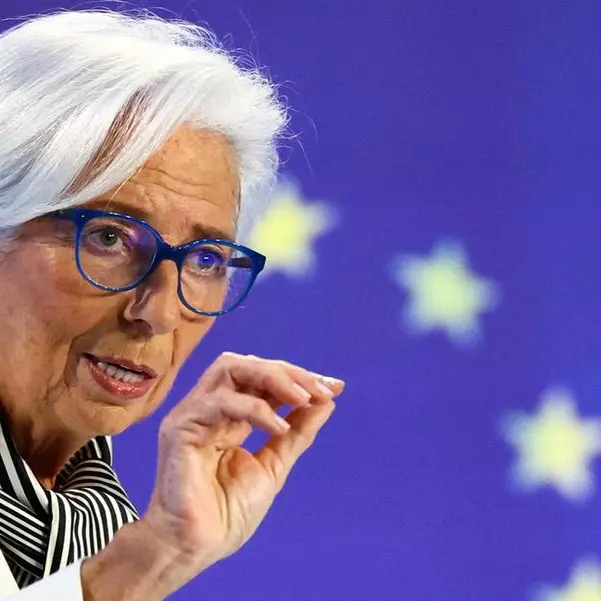PHOTO
Global geopolitical tensions, high inflation and climate change have heightened demand for risk protection and will lead to increased premiums, top reinsurers said at the industry's annual gathering in Monte Carlo.
Reinsurers insure the insurers and have been pushing up premiums in recent years as they have faced higher losses.
"On top of impacts from COVID-19 and increasing losses from natural catastrophes, the reinsurance industry is now confronted with issues like inflation, risk of recession and geopolitical tensions," said Moses Ojeisekhoba, Swiss Re's chief executive officer reinsurance, in a statement on Monday.
"As we see cost drivers accelerating in this dynamic risk environment, insurance premiums must be carefully calibrated to keep pace," he added.
Reinsurers meet their insurance clients in Monte Carlo to hammer out contracts ahead of the key Jan. 1 reinsurance renewal season.
Rates could rise in the "mid-single digit" percent range, S&P analysts said last week, while a Moody's customer survey showed expectations for double-digit rate rises in U.S. property reinsurance.
Rates could rise by 10% or more in some markets, Munich Re and Hannover Re executives also told media briefings on Sunday and Monday, given the strength of inflation.
"It's not an easy time," Hannover Re CEO Jean-Jacques Henchoz said.
"We have a general environment which is very volatile because of the direct and indirect implications of the (Ukraine) war...inflation is the driving topic in many of our discussions here in Monte Carlo."
Hannover Re highlighted the impact of the war in Ukraine, which Russia calls a "special military operation", on the aviation and marine markets.
However, the changing environment also provides some opportunities for insurers and reinsurers.
The Swiss Re Institute expects $33 billion to be generated in commercial premium volumes in the period from 2022 to 2026 as companies relocate their supply chains closer to their home countries.
Swiss Re also plans to further grow its natural catastrophe portfolio, where the market is forecast to grow to $48 billion from $35 billion in the next four years. (Editing by John Revill, editing by Ed Osmond)























